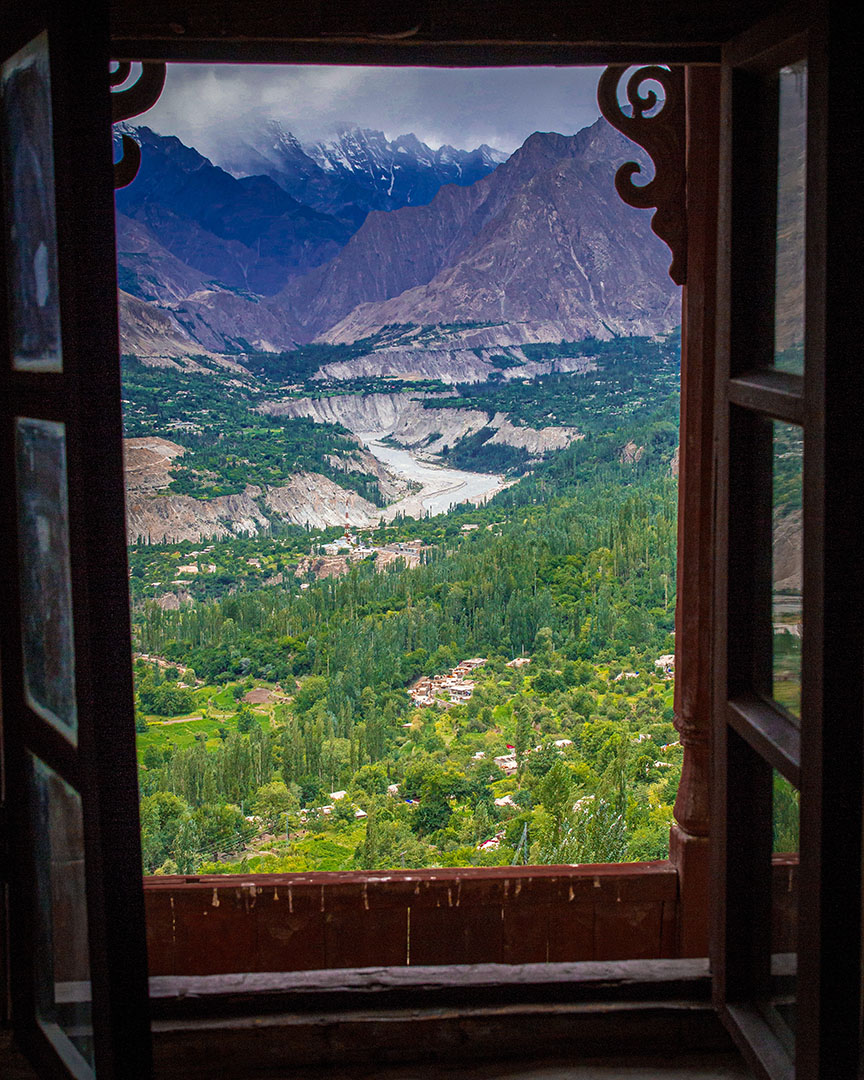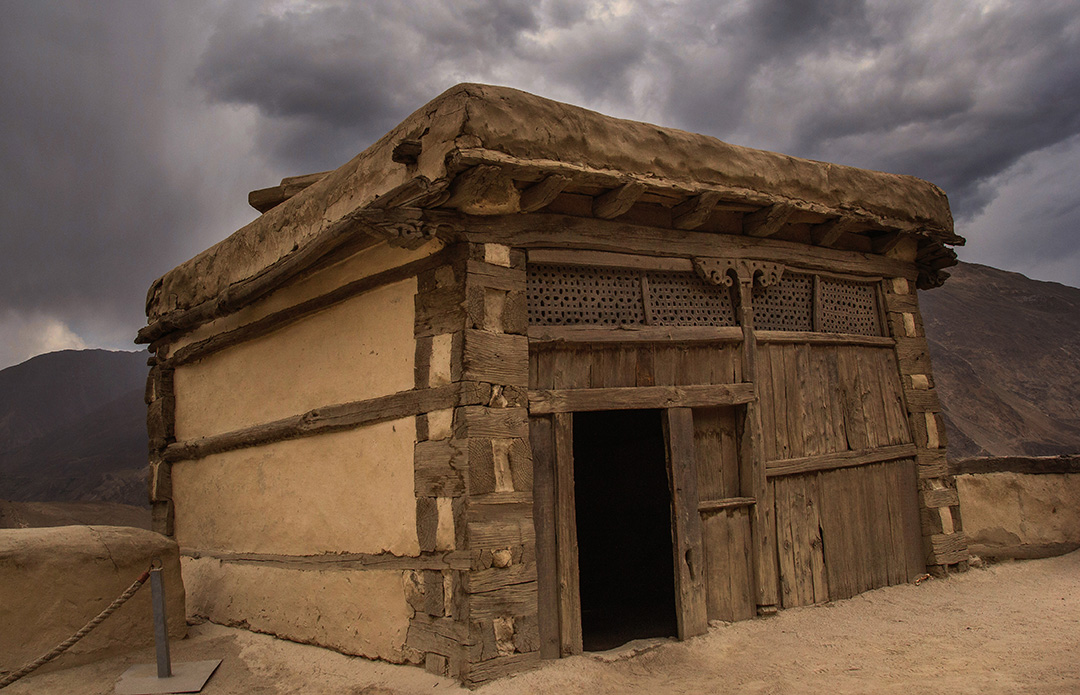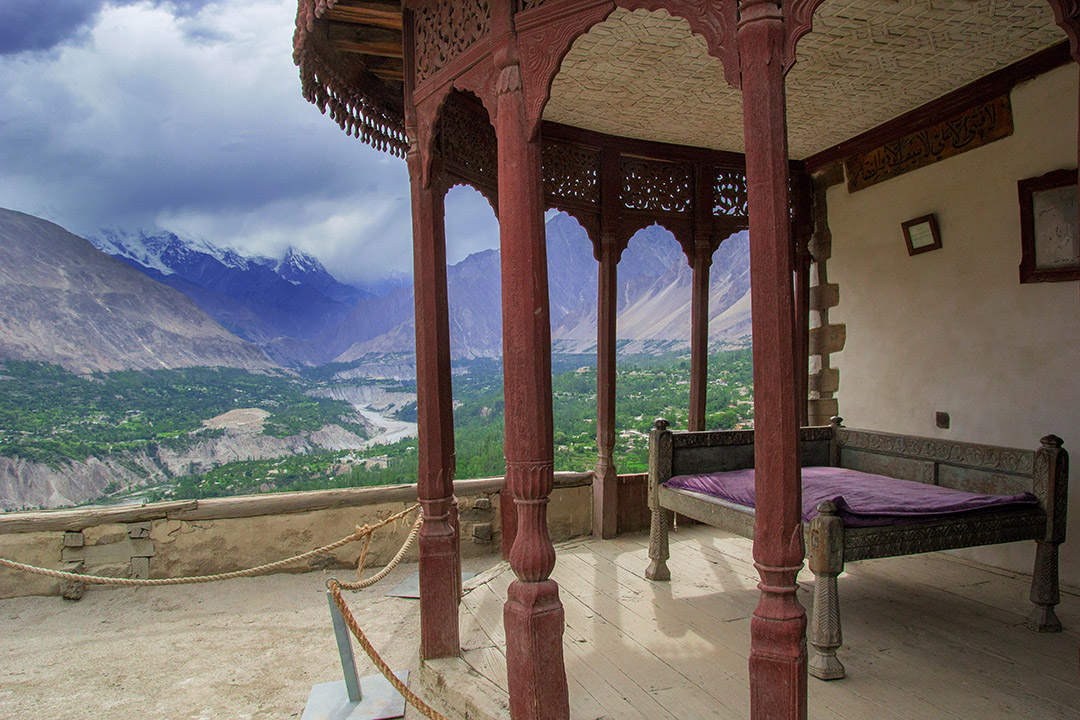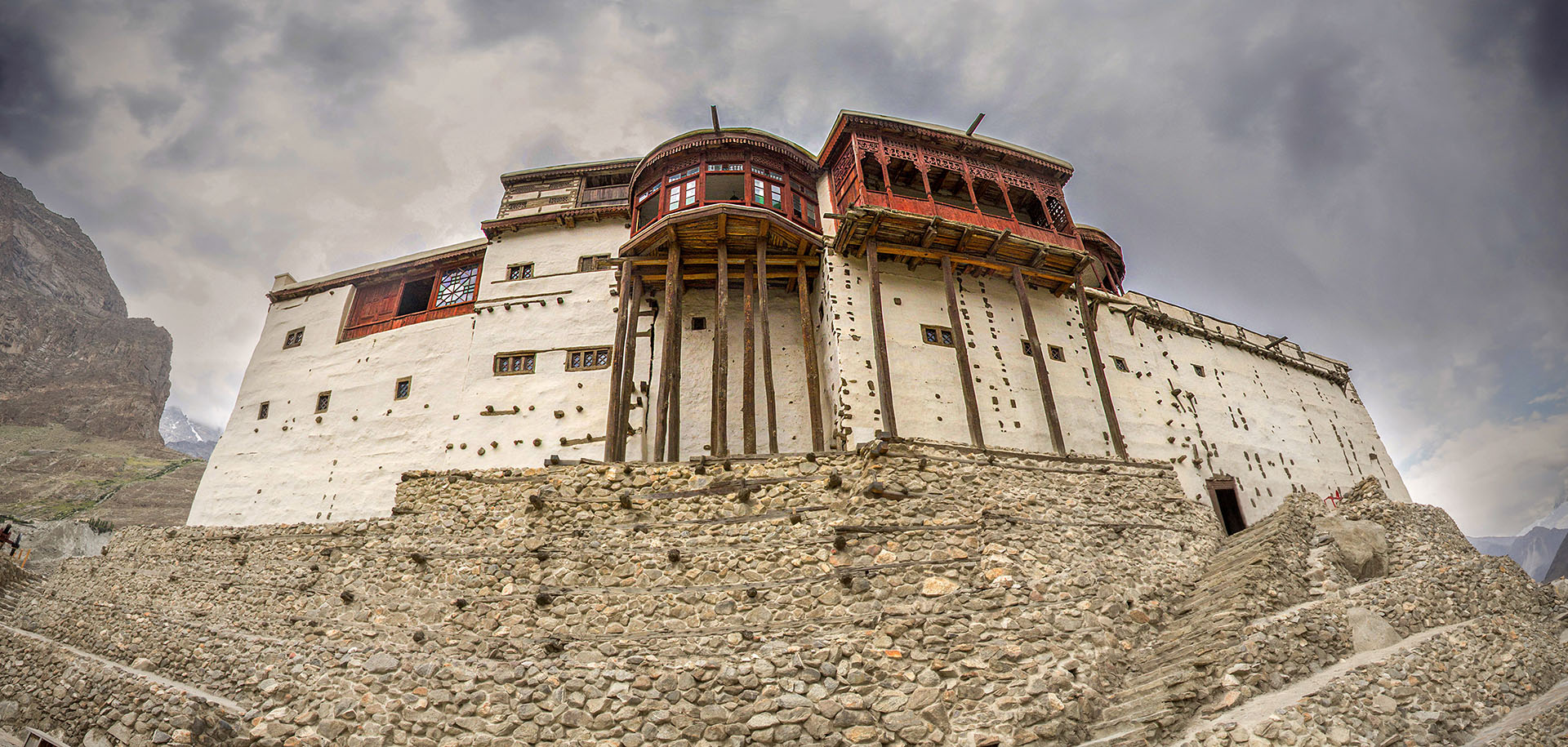Photography by Faysal Khan Elahi (Images are subject to Copyright)
www.FaysalKhanElahi.com.
The photographer loves to travel and write, tweet, and teach everything related to travel photography.
The name “Baltit,” meaning “higher place” in the local Burushaski language, aptly describes its lofty and commanding presence.
Baltit Fort, located in the Hunza Valley of Gilgit-Baltistan, Pakistan, sits at an altitude of 2,800 meters. This historic fortress, with foundations dating back to the 8th century AD, is over 700 years old. Constructed by the rulers of the Hunza state, who claimed descent from Alexander the Great, the fort served as a royal residence and military stronghold.
The fort’s unique construction, built on a rocky outcrop, blends seamlessly into the surrounding landscape. The fort’s walls are constructed using local stone, with some sections dating back to the 8th century. Baltit Fort features an extensive tunnel system, allowing for secret passages and escape routes, which added to its strategic significance.
Throughout the 16th to 18th centuries, Baltit Fort underwent significant architectural transformations. In the 19th century, it remained resilient against British colonial pressures, with the Mirs of Hunza maintaining their independence. However, in the 1940s, the fort was abandoned.
A major restoration project in the 1990s, undertaken by the Aga Khan Trust for Culture, preserved the fort’s historical and cultural significance. This effort earned a UNESCO award, and Baltit Fort is now a UNESCO World Heritage Site.


It has has a distinctive multi-tiered design, with buildings stacked on top of each other. Several watchtowers, offering breathtaking views of the surrounding landscape. The fort is also surrounded by gardens and orchards, which highlight the region’s agricultural heritage.

Today, Baltit Fort serves as a museum, offering an immersive experience into the history and culture of the Hunza Valley. Visitors can explore artifacts, historical documents, and cultural displays within its walls. It showcases a unique blend of Tibetan, Chinese, and Islamic architectural styles. The fort provides valuable insights into the region’s archaeological past, with evidence of ancient civilizations.







